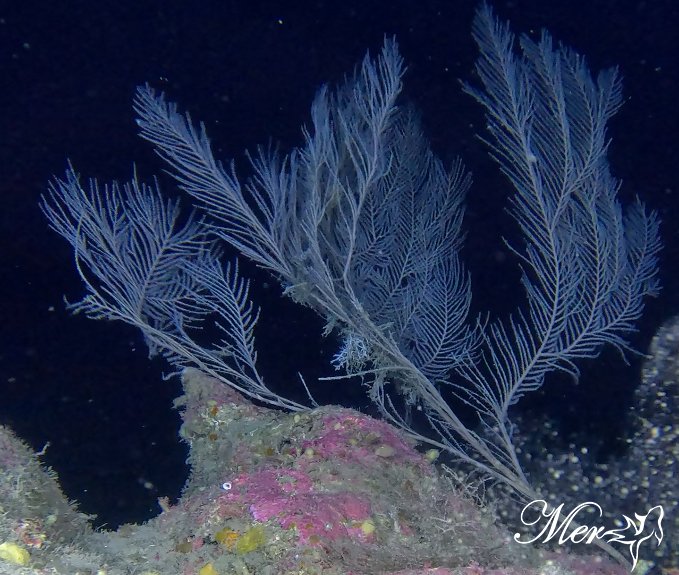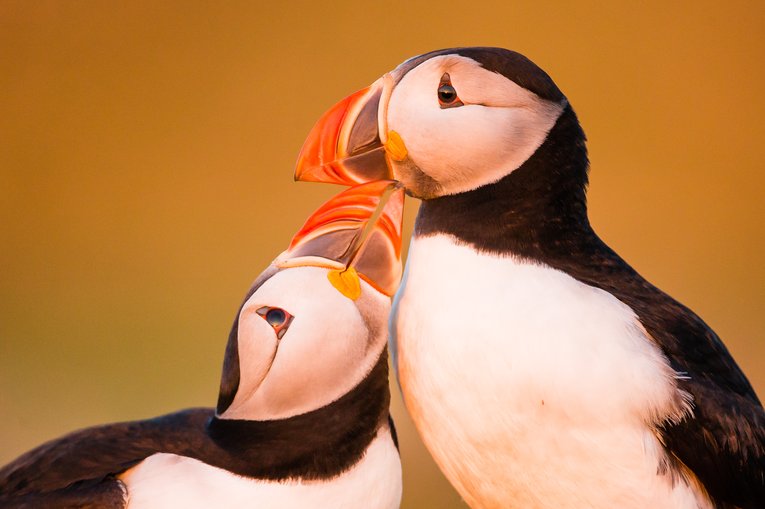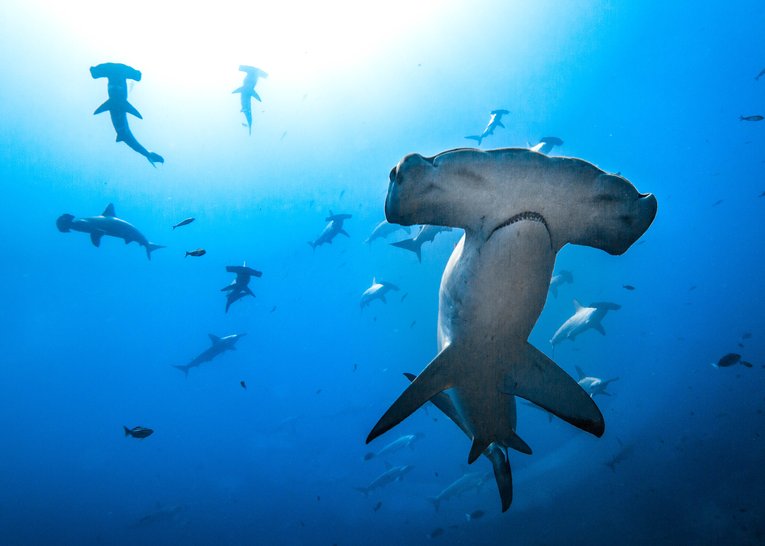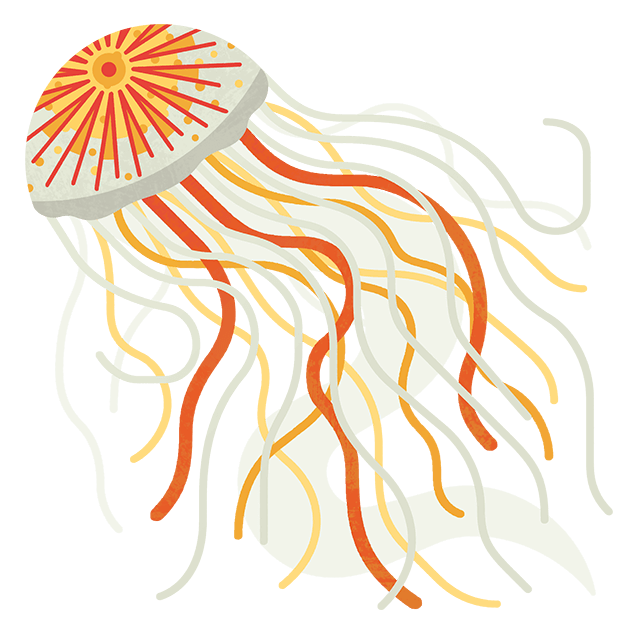
Positive ocean news: September ’25 edition
From a government funding boost to the discovery of new species and protection of a coral hotspot, we've rounded up some of this month's good news for our seas.
Edinburgh council adopts a ‘motion for the ocean’
It will see the council consider improvements to water quality, sustainability and marine education, as well as looking to see what more it can do to aid ocean recovery. Labour councillor Conor Savage who proposed the motion, also urged the council to ensure all primary school pupils have the opportunity to experience the ocean first-hand.
Read more on the Edinburgh News website
UK Government lays High Seas Treaty Bill in Parliament to allow for ratification
The High Seas Treaty is a global agreement to protect marine life in international waters, which make up nearly two-thirds of the ocean but remain mostly unprotected. It will create rules to set up Marine Protected Areas and require environmental checks for activities like deep-sea mining and large-scale fishing.
Once the Bill passes through both Houses of Parliament, the UK can formally ratify the Treaty – making its commitments legally binding and advancing the global goal to protect 30% of the ocean by 2030.
Philippines protects 151,000-acre coral hotspot
A new Marine Protected Area has been established off the Panaon Island in the Pacific Coral Triangle, which is home to more marine species than anywhere else on Earth.
However, they are at risk from destructive fishing practices and plastic pollution in the area.
New speed limits for ships and specific guidelines for commercial activities will be introduced in the area, as well as zoning rules to determine where commercial activities such as fishing and tourism can take place.
“This is one of the rare places where coral reefs remain in excellent condition, and we now have a chance to keep them that way,” Von Hernandez, vice president of conservation nonprofit Oceana in the Philippines, said.
Read more on the Mongabay website
UK Government increases funding for international marine conservation programme
The programme works with the territories to protect and enhance the health of their marine ecosystems, build resilience against climate change, enable sustainable growth and support local livelihoods. It supports the UK Government to deliver on its commitment to protect and sustainably manage over four million km2 of the marine environment in UKOTs.
Aleksandra Chernysheva, Parliamentary Officer at the Marine Conservation Society, said: “We welcome the UK Government’s decision to increase Blue Belt Programme funding, which is a timely boost for the protection of marine areas across UK Overseas Territories. This funding is a vital step toward tackling illegal fishing, protecting biodiversity, and supporting climate resilience in some of the world’s most vulnerable ocean areas.”
More than 200 species discovered in the depths of Cyprus’ seas

One of the mesophotic region coral species found off Cyprus
Credit: Marine and Environmental Research (MER) Lab
Researchers from the Marine and Environmental Research (MER) Lab have mapped the species, habitats and their condition 50-200 metres below sea level in the Eastern Mediterranean waters of Cyprus for the first time ever.
Among the 32 sites mapped are some of the least studied regions of the ocean globally, with the team’s explorations revealing more than 200 species – several of which had never been recorded in Cyprus before.
The findings provide important evidence of the marine life found in the areas, and at this depth, which can help inform conservation and protection measures to safeguard it.
Read more on the Oceanographic website
Seabirds on Alderney have most successful breeding season in almost 10 years

Atlantic puffins
Credit: Kevin Morgans
Seabirds on the island of Alderney in the Channel Islands have had a successful breeding season, with the counts for puffins, gannets and fulmars higher than last year.
17 fulmar chicks were recorded, the highest number since 2016 and an increase of over 50% compared to last year. More than half of gannet pairs raised a fledged chick, 7% more than 2024, and puffin counts suggested a stable breeding population of 190, up from 175 last year.
The Alderney Wildlife Trust said that this year’s dry and settled spring and summer likely helped, leading the birds to laying earlier.
Read more on the BBC News website
Three new snailfish species discovered off California coast
A team of researchers has discovered three new-to-science species of snailfish in the deep sea of the eastern Pacific Ocean. Recorded 3,000-4,000 metres below sea level, the findings provide a better understanding of the better evolution of snailfish in the deep sea.
With more than 400 different species worldwide, snailfishes are known for their big heads, jelly-like bodies covered in loose skin, and narrow tails. The newly recorded species consists of the bumpy snailfish, which has pinkish skin of an “unusual bumpy texture”, the dark snailfish, which has a black body, and the sleek snailfish which has a long, dark body and lacks the suction disk that is typical of snailfishes.
Mackenzie Gerringer, the study’s lead author and a marine biologist at the State University of New York at Geneseo, said the discovery “is a reminder of how much we have yet to learn about life on Earth and of the power of curiosity and exploration.”
Read more on the Mongabay website
Birthing migration of scalloped hammerhead shark recorded for the first time
Scientists tracked a hammerhead shark they believe was pregnant for seven months, in what could be the first recording of the critically endangered species’ birthing migration.
As well as having a “clearly distended abdomen”, Alicia stopped for several days in a known nursery area for scalloped hammerheads in Panama’s coastal waters, leading scientists to believe that she was pregnant.
Dr Pelayo Salinas de León, senior marine scientist at the Charles Darwin Foundation, said the study “provides critical insights on the complex life cycles and long-range movements scalloped hammerhead sharks undertake to give birth to their young, and underscores the need to further protect endangered sharks beyond already established Marine Protected Areas.”








